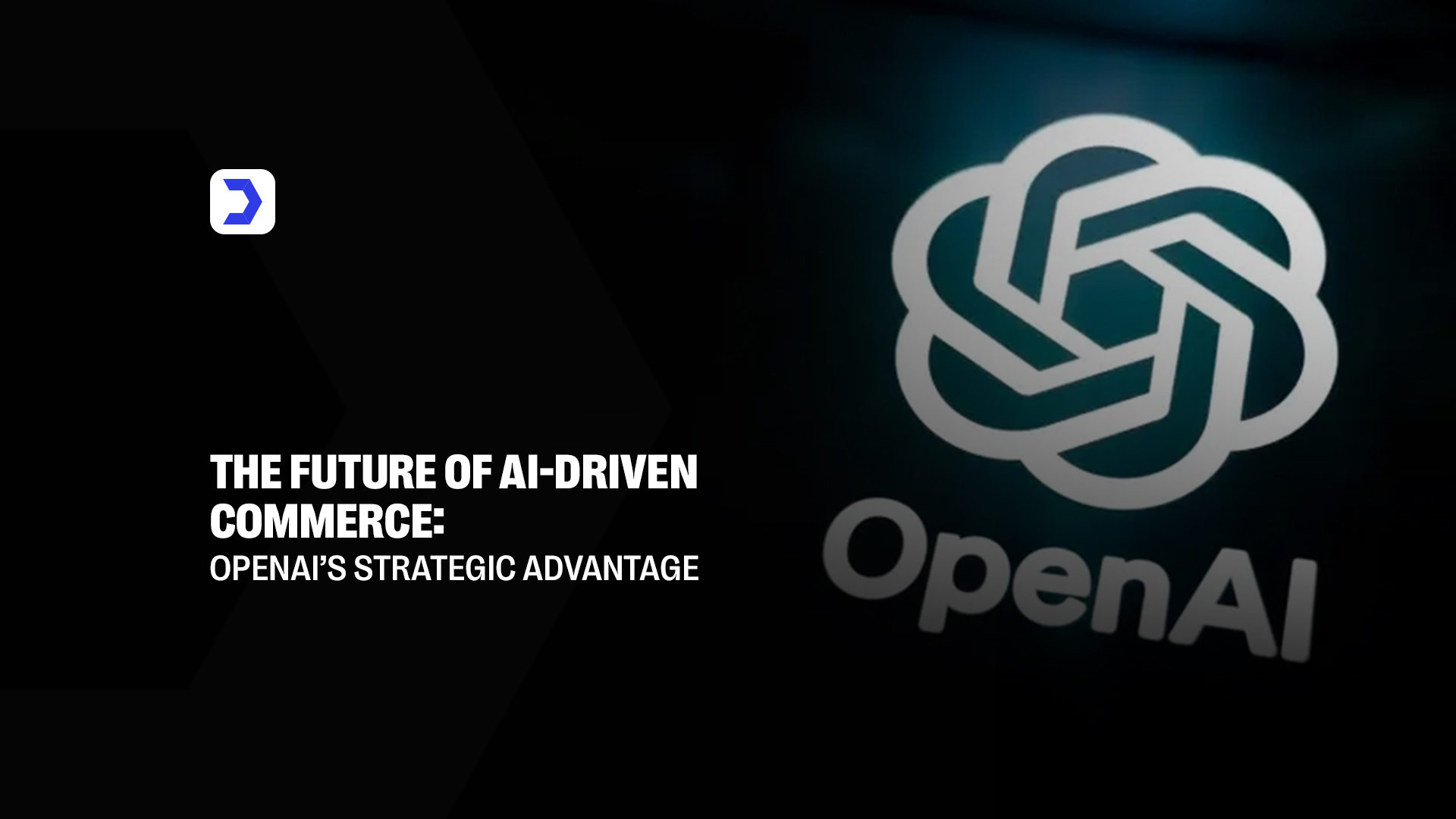Summary
- OpenAI is entering e-commerce with a new AI-powered shopping system, combining ChatGPT, chatbots, and intelligent AI agents to compete with Amazon and Google.
- Amazon faces pressure to upgrade Alexa and recommendation systems, as OpenAI offers a more interactive and personalized experience.
- OpenAI’s advantage lies in its adaptability, speed of innovation, and existing ChatGPT user base.
- Unlike traditional platforms, OpenAI positions its AI agent as a trusted advisor, making online shopping conversational and intuitive.
- Recent moves, such as O3 Pro and Codex integrations, show OpenAI’s ability to quickly roll out advanced features into real-world use cases.
- The shopping system may benefit from broader integration with third-party apps, extending ChatGPT into commerce.
- OpenAI’s strategy reflects its broader mission to challenge tech giants across multiple industries, from search to hardware to retail.
OpenAI is moving into new territory with an ambitious system designed to redefine online shopping. By combining AI, chatbots, and advanced reasoning, the company is creating a platform that rivals Amazon and Google’s dominance in digital commerce. Built around the intelligence of ChatGPT and powered by new forms of AI agents, the system promises to make online purchasing more personal, conversational, and efficient.
This move isn’t just another experiment; it’s part of OpenAI’s broader plan to evolve beyond being a pure research lab into a direct competitor with global tech giants. With its AI-powered shopping assistant, OpenAI aims to handle everything from product discovery to comparison and checkout, creating a streamlined buying process that feels like interacting with a trusted advisor rather than scrolling through endless product lists.
Much like its recent innovations in reasoning models and operator agents, OpenAI’s entrance into e-commerce reflects its determination to reshape industries. As with earlier reports on OpenAI’s advanced upgrades like O3 Pro, this new shopping system blends advanced intelligence with practical use cases, making AI an everyday part of consumer life.
Amazon’s Response
Amazon, long the leader in online shopping, cannot ignore OpenAI’s move into its core business space. For years, Amazon has relied on algorithms that recommend products based on browsing and purchase history. While effective, these systems remain transactional. By contrast, OpenAI’s shopping solution is designed to be interactive and adaptive. An AI agent powered by ChatGPT doesn’t just recommend; it engages customers in natural dialogue, helping them refine their needs, compare features, and even locate deals more suited to their preferences.
Industry observers suggest Amazon will accelerate its work on conversational AI shopping experiences in response. Amazon’s Alexa platform already integrates with its retail operations, but OpenAI’s approach of embedding chatbots directly into the shopping flow could shift expectations. For consumers, the difference is clear: rather than searching and filtering, they can ask a system to “find me the best budget laptop for video editing” and receive detailed, conversational guidance.
At the same time, OpenAI’s entry could inspire Amazon to pursue stronger AI partnerships or build proprietary reasoning systems. The company is no stranger to competing in multiple sectors simultaneously, but this challenge is unique; it pits Amazon against a rival whose brand is entirely built on AI innovation. In the same way OpenAI has reshaped the developer ecosystem with new Codex agent integrations into ChatGPT, its shopping assistant could set a new bar for intelligent consumer interaction.
OpenAI’s Competitive Edge
The key advantage OpenAI brings lies in its expertise with large language models and AI agents. Unlike traditional shopping platforms, the company isn’t constrained by legacy systems. Instead, it is building on conversational design and reinforcement learning to create highly adaptive assistants. A chatbot within the shopping app won’t simply display results; it will explain trade-offs, suggest alternatives, and even connect customer decisions to long-term goals like sustainability or budgeting.
OpenAI also benefits from its existing ecosystem. ChatGPT already has hundreds of millions of users worldwide. Integrating shopping into a tool people already use for research, writing, and coding could dramatically lower adoption barriers. With features like third-party app sign-ins, hinted at in OpenAI’s plans for ChatGPT integrations, shopping can become another function embedded within the assistant people trust daily.
Another edge comes from OpenAI’s pace of innovation. In recent months, the company has not only expanded its operator agent but also introduced advancements in model safety and reasoning. Coverage of updates like enhancements to its operator agent shows how quickly OpenAI can refine its products. Bringing that speed to retail means the system could adapt to trends, consumer behavior shifts, or even regulatory changes faster than competitors entrenched in established infrastructures.
Equally important is perception. Consumers see OpenAI as the face of cutting-edge AI, not as an e-commerce platform with secondary services. This distinction could make a difference in adoption, with users more willing to trust a new shopping assistant that feels like a natural extension of AI-powered chatbots they already use. Analysts argue that this positions OpenAI uniquely against both Google’s search dominance and Amazon’s marketplace scale.
And while competition is fierce, OpenAI’s approach reflects a consistent strategy: building adaptable systems that can scale across multiple industries. From enterprise solutions to everyday tools, the company continues to push AI beyond research labs into real-world applications. Insights from Digital Software Labs news show how OpenAI is steadily merging its software with consumer-focused products, and the shopping assistant follows the same path, embedding intelligent systems directly into how people live, work, and shop.




